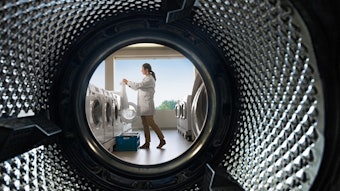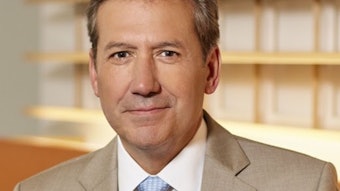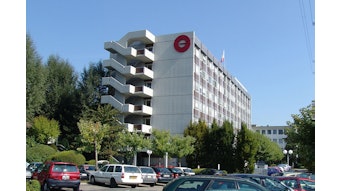During the period between 1970 and 1974, a program to determine the environmental impact of fluorocarbons was initiated and funded by industry. Dr. J. E. Lovelock, at the University of Reading, England, developed an extremely sensitive analytical device called an electron capture gas chromatograph. This device is capable of measuring a few parts per triIIion of compounds such as the common fluorocarbon propellants, FC-11 and FC-12. Dr. Lovelock found these fluorocarbons in the "background atmosphere,” away from sources of release. Measurements showed the background concentrations were increasing and were comparable to, but less than, the estimates of total release to date. The first conclusion was that these fluorocarbons have a long lifetime in the atmosphere.
Dr. Taylor and Dr. Pitts, at the University of California, Riverside, showed that fluorocarbons had no effect on smog formation and were not destroyed by smog reactions in the atmosphere. Dr. Sandorfy, at the University of Montreal, Canada, showed that very energetic ultraviolet Iight could break down fluorocarbons. This light is absorbed in the stratosphere, and does not reach ground level. Given enough time, long-lived compounds can diffuse high enough to encounter the energetic radiation. At high altitudes, tbe fluorocarbons would be dissociated to give chlorine atoms. It was expected, early in 1974, that the chlorine atoms would be converted to chloride ion and eventually return harmlessly to the oceans. The environmental impact appeared negligible.










